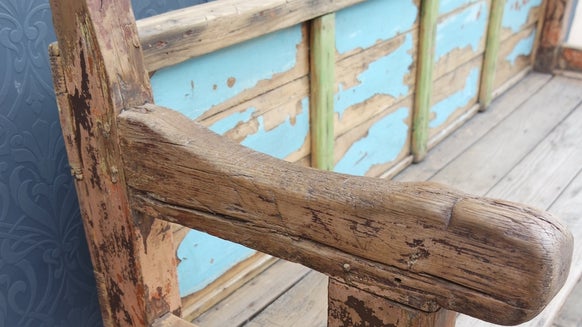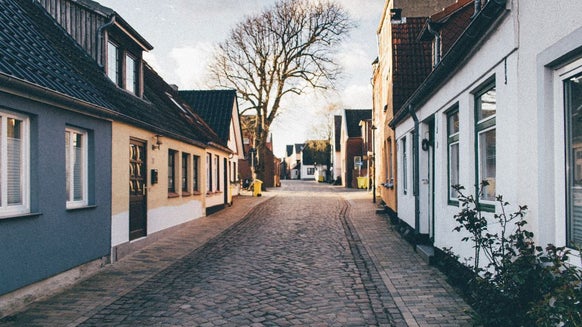Fabric, Foam and Frame: Essential Considerations for Chair Upholstery
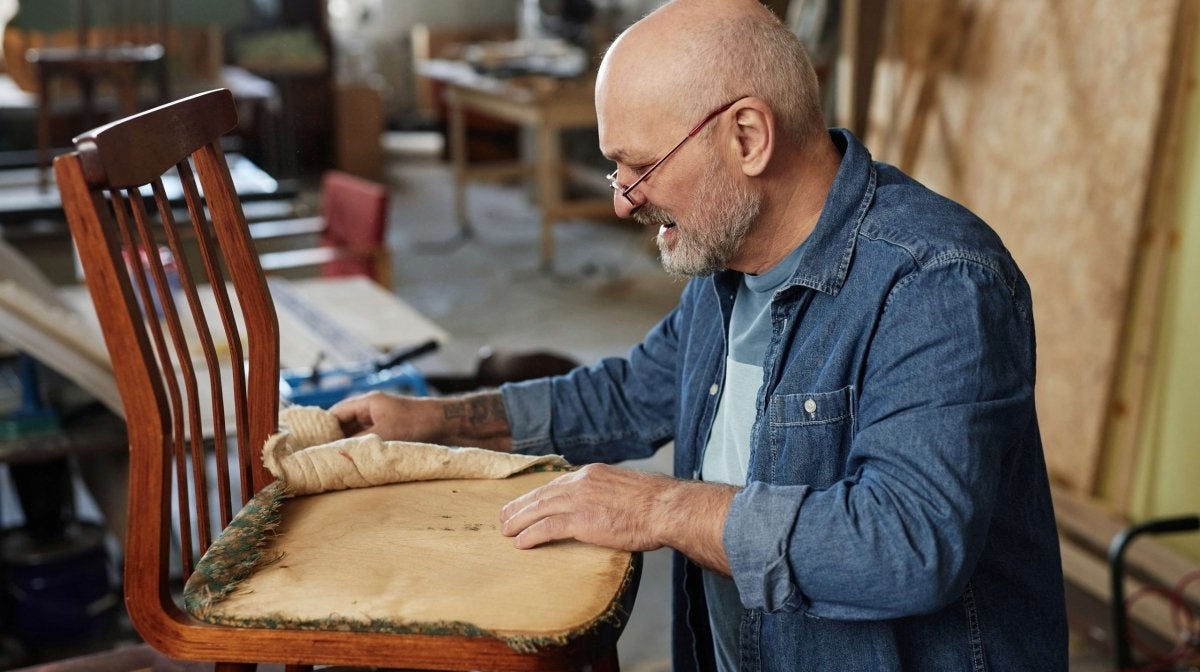
Are You Ready to Breathe New Life into Your Worn-Out Furniture?
Reupholstering a chair is a fantastic way to give it a fresh, updated look while preserving its character and charm. In this guide, we'll explore the essential elements of reupholstering a chair; from selecting the perfect fabric to refinishing the frame. And if you don't have your own furniture to refurbish, we'll also discuss where to find furniture to refurbish.
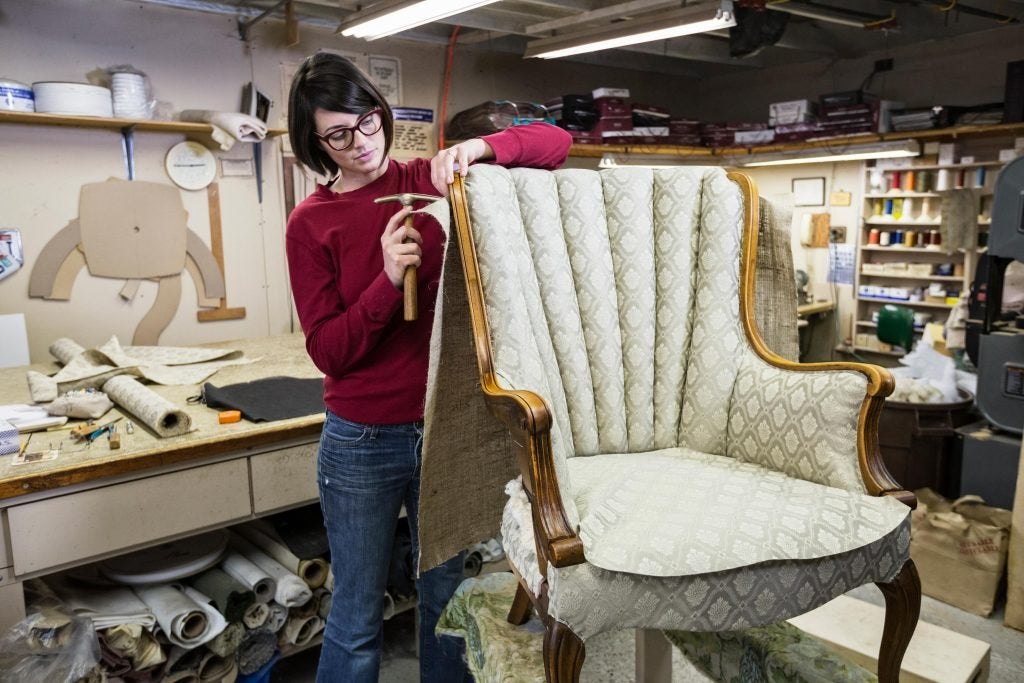
Step 1- Starting with a base.
(If you already have a base feel free to skip to Step 2).
Vintage and Charity shops: These shops are full of hidden gems, including furniture frames waiting to be transformed. Visit these stores regularly to browse their selection and snag great deals on quality pieces. Online Marketplaces: Our Preloved website has plenty of options from auction pieces and second-hand furniture. Check out Freeloved if you’re looking to do a real budget DIY project. Facebook Marketplace, and eBay offer a wide selection of furniture frames for sale. Filter your search by location and price range to find options that match your budget and style preferences. Garage Sales and Flea Markets: Markets are fantastic places to hunt for furniture frames at bargain prices. Arrive early to beat the crowds and explore each booth or driveway for hidden treasures waiting to be discovered. DIY and Upcycling Groups: Join online DIY and upcycling groups on social media platforms like Facebook or Reddit to connect with fellow enthusiasts and learn about local resources for furniture frames. Members often share tips, advice, and even sell or swap furniture frames with each other. Friends and Family: Don't forget to ask friends and family if they have any old furniture frames they no longer need or use. You might be surprised by the generosity of loved ones who are willing to part with their unused furniture for your DIY reupholstery project.

Step 2- Choose your materials
Fabric
Whether you're updating a dining chair or a cosy armchair, material for upholstery comes in a wide range of materials, colours, and patterns. Consider using an upholstery cleaner to freshen up the existing fabric or opt for a durable material like jacquard or cotton canvas for a timeless look. For dining chairs, stain-resistant fabrics are a practical choice to withstand spills and frequent use.
Jacquard: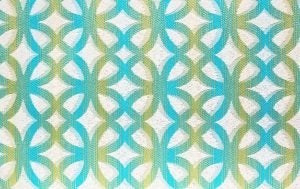
Canvas:

Leather:
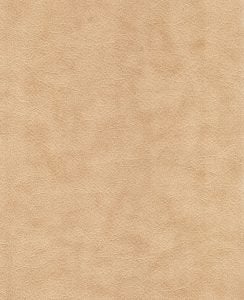
Foam
Next, let's talk about foam. Over time, the foam padding in your chair can lose its shape and comfort. Replacing the foam is a crucial step in reupholstering to ensure your chair feels as good as it looks.
When reupholstering furniture, here are some common types of foam used in upholstery:
Polyurethane Foam:also known as polyfoam, is the most widely used type of foam for upholstery. It comes in various densities and firmness levels, making it suitable for different applications. This high-density foam provides excellent support and resilience, while low-density foam is softer and more cushioning. Memory Foam:also known as viscoelastic foam, moulds to the shape of the body in response to heat and pressure. It offers superior comfort and support, making it an excellent choice for seat cushions and mattresses. High-Resilience Foam: is specially formulated to provide superior support and durability. It has a high compression modulus, meaning it retains its shape and firmness over time, making it ideal for high-traffic areas. Open-Cell Foam: has a cell structure that allows air and moisture to pass through, making it breathable and comfortable. It provides excellent cushioning and support while allowing for airflow, making it suitable for upholstery applications where breathability is desired. Closed-Cell Foam: has a cell structure that is sealed off, making it resistant to water and moisture absorption. It is firm and supportive, making it suitable for outdoor cushions and upholstery applications where water resistance is important. Polyethylene Foam: is a closed-cell foam. It is lightweight, durable, and resistant to chemicals and moisture, making it suitable for upholstery applications where durability and water resistance are essential.
When choosing foam for reupholstering furniture, consider factors such as density, firmness, durability, and breathability to ensure optimal comfort and performance.
Frame
The frame of your chair is the foundation of its structure and style. If you’re thinking how to refinish wood furniture and how to restore furniture, the best thing to do is think about the frame. If your chair's wood frame is looking tired or outdated, consider refinishing it to breathe new life into the piece. Sanding, staining, and sealing the wood can transform an old chair into a stunning focal point for any room. It can be your DIY upholstered chair project you can be proud of.
Step 3- Let's Get Started!
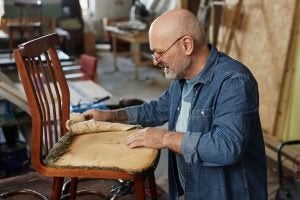
How to Reupholster a Chair
- Add webbing to the bottom of the seat to provide a base for the new springs.
Once the springs are attached and tied down they are covered in hessian and 2 layers of coir and hessian added to build up a comfortable seat. 
- The seat is then stitched to form an edge that would keep its shape.
- A similar process is done to the back of the chair; webbing, Hessian and coir. The back and seat of the chair is then covered in calico ready for the top cloth.
The calico is topped with a layer of polyester wadding and then the top fabric is added. 
Due to the curved shape of the back, buttons are put in to ensure the fabric sits nicely against the curve. 
Piping was then made which was tacked and sewn to the back edge of the chair. 
The rear of the chair is then covered in calico, polyester wadding and the top fabric is sewn on. 
A bottom cloth is tacked on to the underneath of the chair to hide the webbing, the legs are cleaned and polished and finally the chair is finished. 
You may be Thinking... So... What's the Cost to Reupholster a Chair?
While the cost of reupholstery can vary depending on the size and complexity of the chair, it's often more affordable than buying a brand-new piece of furniture. By keeping the same chair frame and adapting the style to suit your lifestyle right now, you can create a custom piece that reflects your unique taste and personality.
So, whether you're refreshing a beloved heirloom or giving a thrifted find a second chance; reupholstering a chair is a rewarding DIY project. It allows you to express your creativity and make a lasting impact on your home decor. Whilst also possibly reducing the cost to reupholster a chair that is completely unique.



